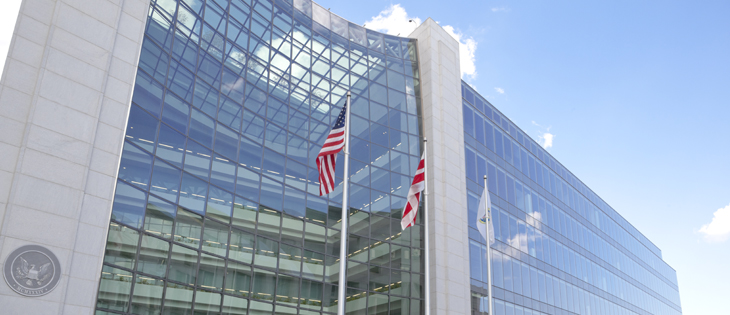Investment Experts Urge SEC to Adopt Stricter Protections for New PE Investors
With more retail investors expected to participate in private equity funds, some experts worry existing protections aren't enough.

With the expansion of the Securities and Exchange Commission’s accredited investor definition earlier this month, more retail investors could get a piece of private equity through their retirement savings and 401(k)s, but some investment experts worry existing protections are inadequate and recommend the agency adopt stricter measures.
During a meeting of the SEC’s Private Investments Subcommittee last week, Ludovic Phalippou, professor of finance at Oxford University’s Said Business School, said the agency should create a level playing field for performance reporting standards across private equity funds—just as it’s done for publicly-traded investment vehicles like mutual funds.
“It took nearly 100 years for the SEC to get a comprehensive set of regulations for the mutual fund industry in order to close all or most of the loopholes. Here, the SEC hasn’t even started,” Phalippou told the committee on Sept. 16. “You need to have the same rules. You need to catch up.”
Phalippou accused some private equity firms of selectively choosing their past performance figures, which he said could mislead new investors.
In research he prepared for the meeting, Phalippou found that two large private equity firms repeatedly reported annual rates of return that, if taken literally, would equal tens of trillions of dollars today.
“It took nearly 100 years for the SEC to get a comprehensive set of regulations for the mutual fund industry in order to close all or most of the loopholes. Here, the SEC hasn’t even started. You need to have the same rules. You need to catch up.”
Ludovic Phalippou
Professor of Finance, Oxford University
Josh Lerner, a professor of investment banking at Harvard Business School, suggested that the internal rates of return, or IRRs, used by private equity firms are not uniformly defined, and thus an inadequate representation of fund performance.
“This is a very tricky measure,” said Lerner, who published a study last year on the impact private equity firms have on employment at acquired companies.
Representatives from two asset management firms that supply data on private equity transactions—Hamilton Lane and Cambridge Associates—said they consider multiple IRR metrics to generate their measurements.
Bryan Jenkins, vice president of private market analytics at Hamilton Lane, said he likes the multi-metric approach when it comes to collecting IRR data but agrees with Phalippou that more information could make some of the performance comparisons a little more transparent.
Phalippou also said the fee structure of PE firms is unclear and recommended the SEC make more information publicly available.
Despite his findings, Phalippou does not appear to oppose new entrants in private equity investing, but urges the SEC to adopt changes to protect them.
“The problem here is that you have a huge set of very advanced regulations for one type [of investment like mutual funds]—rightly so—and the other type [private equity] … you have zero. That’s the gap that you have to close,” he said.
The subcommittee’s findings will likely be reported to SEC commissioners, but it’s unclear if they will be used in any future regulation.
Self-directed retirement plans like IRAs and 401(k)s, which have outstripped the growth of defined benefit plans like pensions by trillions of dollars over the last two decades, are becoming a more attractive source of capital for private equity funds.
IRAs and 401(k) plans have grown from 2.2 trillion in 1995 to $17.2 trillion in 2019. Last year these plans accounted for 53% of total retirement assets, up from 33%, according to the Investment Company Institute, a trade association. In the same time period, defined benefit plans have also grown—to $10.1 trillion from $3.4 trillion—but their share of retirement assets has fallen to 31% from 49% in 1995.
Progress toward opening private equity investments to retail investors has gained momentum following an SEC decision earlier this month that is expected to expand the number of accredited investors. That decision followed the Department of Labor’s announcement in June that private equity funds could be included in retirement funds managed by employers.

Benjamin Glick is Middle Market Growth’s associate editor.


